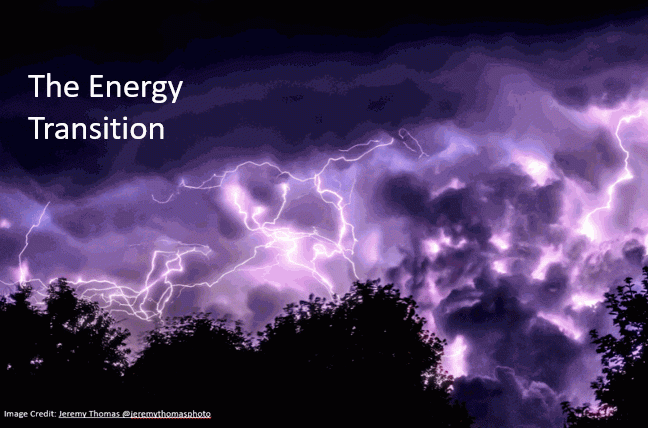
Abstract Sandy Dessert credit: @USGS
The energy transition we are undertaking is highly complex, and it is multiple ecosystems interacting, some parts being replaced, others introduced. It has a significant “layering effect”.
We have to strip away some parts and equally add new layers but we need to maintain the integrity of the energy system (supply) at all times.
Providing energy is as embedded as deeply as you can get into the socio-economic system we are all part of. Changing the energy-generating composition is critical in reducing climate warming but it is incredibly hard to manage the transition. It is as complex as it can get.
A sustaining, dedicated effort will take us twenty to thirty years to make the “basic” transitions. To maintain it, strength it and reinforce it will be well beyond all our lifetimes, actually all of the 21st century, to (fully) reverse the global warming effect we are experiencing, and return our planet into a more balanced one where the “human effect” gets fully mitigated. Continue reading
